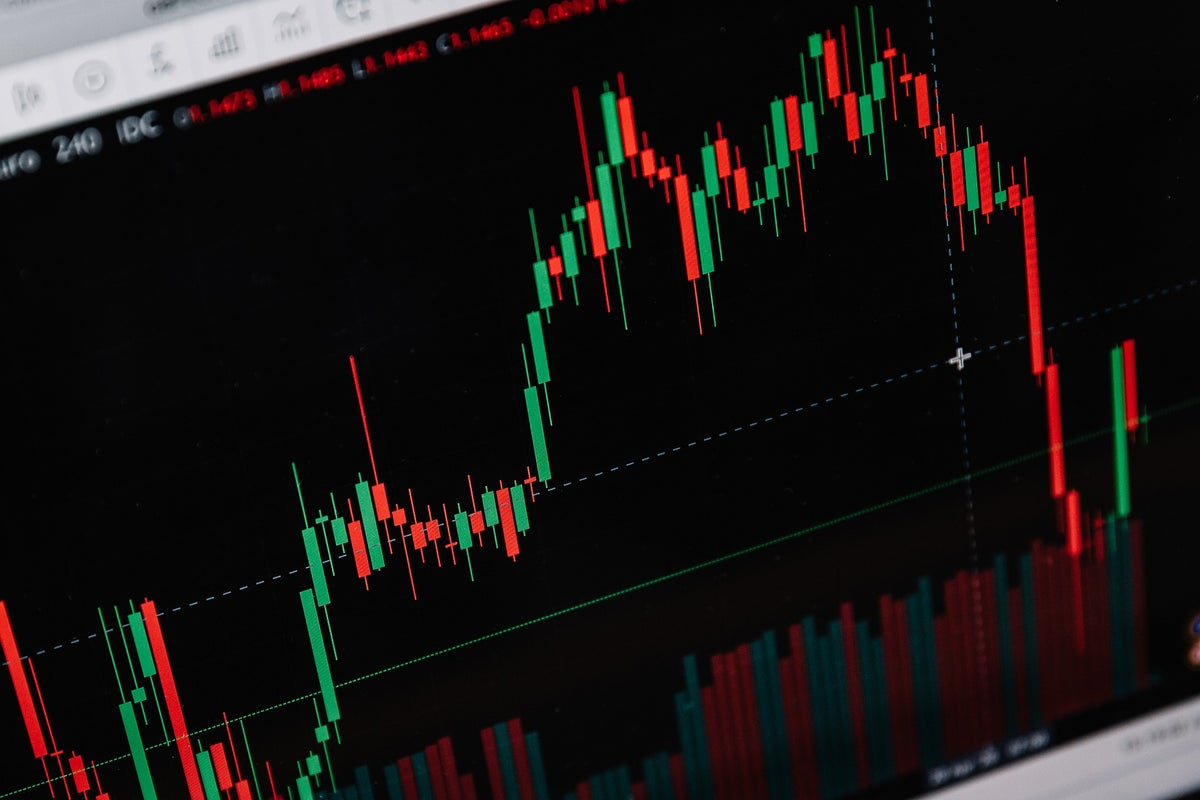Decoding Intel’s Surge: What Recent Options Activity Reveals for Investors
Intel Corporation, one of the world’s leading technology companies, has long been a staple in the semiconductor industry. With its market-dominating chips powering everything from personal computers to data centers, Intel has played a crucial role in shaping the digital world. Recently, however, the company has seen a spike in unusual options activity, prompting investors and market analysts to closely examine what these movements might signal about the future trajectory of Intel’s stock price and broader investor sentiment. This article delves into the meaning behind this surge in options activity and what it could mean for both short-term and long-term investors.
Understanding Options Activity
Before diving into the specifics of Intel’s recent options activity, it’s important to understand what options are and why they matter in stock market analysis. In simple terms, stock options are financial derivatives that give investors the right, but not the obligation, to buy or sell a stock at a predetermined price within a set time period. Investors use options for hedging, speculating, or earning income through premiums.
There are two main types of options:
- Call options: These give the holder the right to buy a stock at a specified price, called the strike price, before a set expiration date.
- Put options: These give the holder the right to sell a stock at a predetermined price before expiration.
When analysts talk about unusual options activity, they are referring to a significant increase in volume or price changes in specific options contracts, particularly when compared to historical trends. This can indicate that investors are making large bets on a stock’s future performance, either because they anticipate a major price move or because they have insider knowledge about upcoming news.
Intel’s Recent Options Activity: A Closer Look
Intel’s recent surge in options activity has been marked by unusually high volumes in both call and put options. The most notable activity has been in the options markets for Intel’s stock price movements over the next few months, signaling a potential shift in investor sentiment. Here’s a breakdown of the key indicators:
Increased Call Option Purchases
In the past few weeks, analysts have observed a sharp increase in purchases of call options for Intel. These contracts are typically bought by investors who believe that the stock price will rise in the near future. The unusually high volume of call options suggests that a significant portion of investors are anticipating a bullish outlook for the company.
There are several reasons why investors might be optimistic about Intel’s future:
- Upcoming Product Launches: Intel has been working on several key innovations, including new chips designed for artificial intelligence (AI) and data processing. If these products perform well, they could lead to a surge in demand, boosting the stock price.
- Recovery in the Semiconductor Industry: The semiconductor sector has faced supply chain issues in recent years, but with easing conditions, there are expectations that chipmakers, including Intel, will see a resurgence in demand.
- Strategic Shifts: Intel has recently made moves to expand its manufacturing capabilities in the U.S. and Europe, which could be seen as a long-term strategy to bolster its competitive edge in the global market.
Put Options: A Hedging Play
Alongside the surge in call options, there has been a noticeable increase in put options, which suggests that some investors are hedging against potential downside risks. Put options are often used by investors as a form of insurance against price declines. The fact that there has been a rise in the volume of put options suggests that some market participants may anticipate volatility or uncertainty surrounding Intel’s future performance.
These investors might be concerned about:
- Competition from Rivals: Intel faces intense competition from rivals like AMD, Nvidia, and ARM Holdings, all of which have been gaining market share in various segments of the semiconductor market.
- Potential Supply Chain Issues: While the global chip shortage has eased, supply chain disruptions still pose a risk to production timelines and profitability.
- Economic Conditions: Broader economic factors such as inflation, interest rates, and geopolitical tensions could also weigh on Intel’s stock performance.
What Does This Mean for Investors?
The surge in Intel’s options activity provides a complex picture for investors. On one hand, the high volume of call options suggests a bullish outlook for the stock, with many believing that Intel will emerge stronger in the coming months due to product innovation, strategic partnerships, and industry recovery. On the other hand, the uptick in put options signals that investors are wary of the potential for volatility or setbacks in Intel’s business operations.
For long-term investors, the best approach might be to focus on Intel’s fundamentals, including its financial health, product development pipeline, and market position. While short-term fluctuations in stock price can be influenced by options trading, the company’s core strategy and long-term vision will likely play a more significant role in determining its future performance.
Analyzing Intel’s Position in the Semiconductor Market
To fully understand the implications of Intel’s options activity, it’s crucial to place the company’s recent movements within the broader context of the semiconductor industry. The sector has been facing major disruptions in recent years, driven by the COVID-19 pandemic, supply chain bottlenecks, and the rapid expansion of new technologies such as AI, 5G, and autonomous vehicles.
Intel, once the undisputed leader in microprocessors, has faced increasing pressure from competitors like Advanced Micro Devices (AMD) and Nvidia, which have gained significant market share in both consumer and enterprise markets. However, Intel’s strategic response, including investments in new chip fabrication plants and advancements in AI-focused processors, signals its intent to remain competitive in the evolving market landscape.
In addition, Intel’s pivot towards AI, machine learning, and data center chips presents opportunities for growth. The company’s next-generation chips, designed to power high-performance computing applications, could be a key differentiator in a market that is increasingly driven by AI workloads. If Intel can successfully capitalize on these trends, it could see a resurgence in demand, reinforcing investor optimism and contributing to the ongoing surge in options activity.
Broader Market Implications
Intel’s options activity is not just a reflection of the company’s prospects but also indicative of broader market trends. The tech sector, and particularly the semiconductor industry, has been a bellwether for economic recovery, innovation, and geopolitical shifts. Intel’s recent moves suggest that investors are closely watching these factors, with the potential for volatility and opportunities for growth.
For investors, staying informed about the latest developments in the tech sector is crucial. Factors such as changes in global supply chains, government regulations, and technological breakthroughs will all play a role in shaping Intel’s future performance and could have significant implications for stock prices across the industry.
In conclusion, Intel’s recent surge in options activity provides valuable insights into the market’s expectations for the tech giant’s future. While the sharp rise in call options points to optimism about Intel’s prospects, the increase in put options highlights the caution that investors are exercising due to the competitive landscape and economic uncertainties. For investors looking to navigate these dynamics, a balanced approach—focusing on Intel’s long-term growth potential while keeping an eye on short-term market fluctuations—will be key.
As the semiconductor industry continues to evolve, Intel’s ability to adapt and innovate will determine its future. Whether the company can regain its former dominance in the face of fierce competition, or carve out new avenues for growth in AI and data processing, remains to be seen. However, one thing is clear: the market is paying close attention to Intel’s every move, and its options activity is an important signal of what’s to come.
For further insights on tech market trends and investment strategies, visit Bloomberg for the latest updates.
See more CNBC Network



